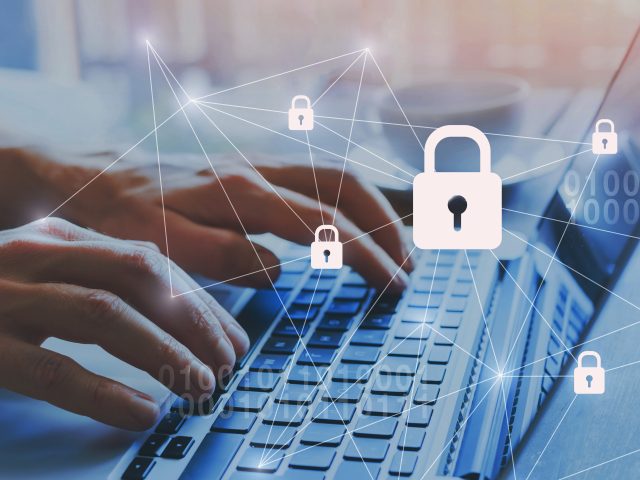Five Ways to Outsmart Credit Card Skimmers
Share
You’re on your way home from the office when you realize that your gas tank level is dipping low. Tomorrow will be an (especially) busy day, so you decide to refuel now. You pull into your usual gas station. It’s crowded with your fellow commuters, so you wind up at the farthest pump. You swipe your plastic, top off your tank, and, this five-minute pit stop concluded, you are back en route and already wondering what to make for dinner. Another day, another dollar, right?
Except that today, credit card criminals, using a “skimmer” device attached to the card-reading mechanism on that gas pump, have just gotten ahold of your card information. Now, they are well on their way to creating a cloned card with which to rack up fraudulent charges in your name. Ouch!
Even chip cards cannot always provide complete protection against skimmers. But, by following these tips, you can stay one step ahead of data thieves and lessen your chances of getting skimmed.
Remember: Location, Location, Location
If you were trying to do something illegal, you’d prefer to do it in a place where you wouldn’t be seen, right? This is why outdoor card-reading machines, like gas pumps and ATMs, are particularly vulnerable to skimmers.
Data thieves are more likely to attach skimming devices onto the gas pump that’s farthest away from the gas station building, or on an ATM that stands alone in some low-traffic parking lot. So choose a pump that’s close to the station store, even if it means waiting a few extra minutes. When you need to withdraw cash, it’s best to use the ATM inside a bank branch, or, next best, inside a crowded grocery store.
Look Before You Swipe
Skimming devices are easy to miss on first glance, but do a little informed investigating and you can often find them. Before you swipe your card, go ahead and give that card-reader a firm wiggle with your hands. Skimmers can’t be too difficult to remove because thieves need to be able to take them back off as inconspicuously as possible. Some are affixed with temporary glue or double-sided tape and will come loose when you pull a little.
Otherwise, look for little signs that something is off with the card-reading mechanism. Things to be suspicious of: A dimmed light, a keypad that’s raised rather than flush with the console, or any noticeable differences between the machine you’re using and another one next to it.
Choose Credit Over Debit
If you have the option, use a credit card instead of a debit card. The major reason for this is simple: Debit cards are linked directly to checking accounts, so if a skimmer steals your debit card data, the bad guys get your banking information and may be able to access your accounts.
Additionally, your liability for fraudulent charges on a credit card is much more limited compared to your potential liability for fraudulent charges on a debit card.
Don’t have a credit card on you? Run your debit card as a credit transaction to avoid having to enter your PIN.
Go with NFC (Near Field Communications)
Where available, consider using Android Pay, Apple Pay or Samsung Pay if you have a smartphone. These services protect your information through technology that “tokenizes” your data into unique symbols that communicate the required information without leaving that data vulnerable to skimmers. More and more credit card terminals are beginning to accept NFC payments.
Act Fast If You Feel Suspicious
Of course, no matter how vigilant you’ve been, there’s always the possibility of data theft – that’s just the reality of the world we live in. If you suspect that your card information has been compromised, you can take steps to mitigate the damage.
First, call your issuing bank or credit card company immediately and let them know what’s happened. Then, contact the three major credit-reporting bureaus, Experian, Equifax and Transunion. You may want to put a freeze on your credit for a time.
Don’t forget to file a police report as well as a complaint with the Federal Trade Commission (FTC). Filing these will serve as legal evidence of the incident, which you can show to credit-reporting agencies as you get fraudulent charges removed from your credit report.
You May Also Like

It’s important to take the proper steps to keep your identity and finances safe. Here’s what to do if your information has been taken.

Skimming devices on gas pumps and ATMs are becoming more prevalent in our area, and people are finding themselves the victim of fraudulent card activity.

Have you ever considered your credit card as a way to protect yourself from theft, accidents, and emergencies?